In the pressure-volume diagram given below, the isochoric, isothermal, isobaric, and isoentropic parts, respectively, are:
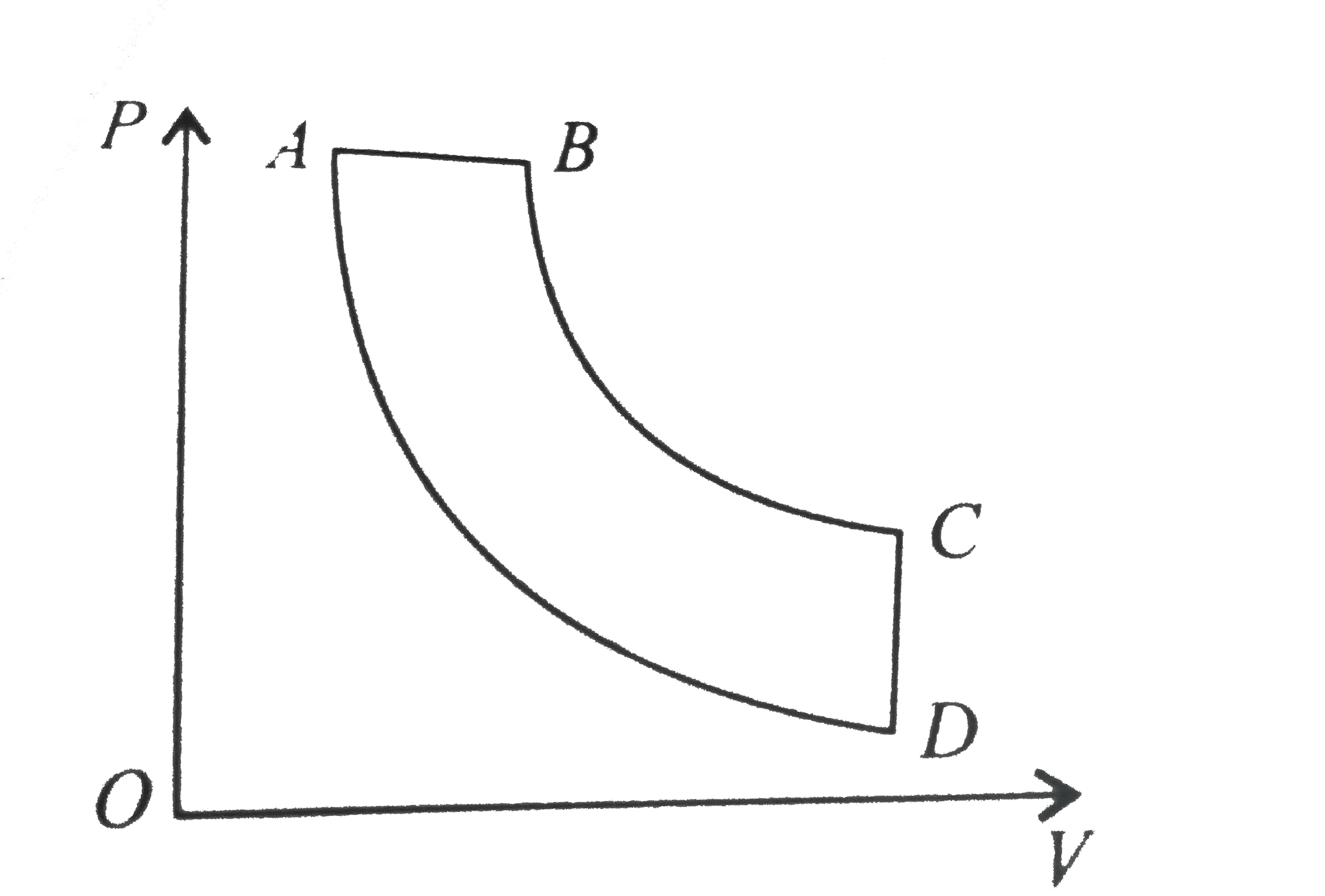
BA,AD,DC,DB
DC,CB,BA,AD
AB,BC,CD,DA
CD,DA,AB,BC
CD− Isochroic (at constant volume)
DA−Isothermal compression (ΔT=0)
AB−Isobaric (at constant pressure)
BC−Isoentropic (at constant entropy)
Topper's Solved these Questions
Similar Questions
One mole of an ideal gas undergoes two different cyclic processes I and II, as shown in the P - V diagrams belowIn cycle I, processes a, b, c and d are isobaric, isothermal, isobaric and isochoric, respectively. In cycle IIprocesses a' b' , cand d' are isothermal, isochoric, isobaric and isochoric, respectivelyThe total work done during cycle I is WI and that during cycle II is WII. The ratio WI /WII is
 View Solution
View SolutionStudy the diagram given below
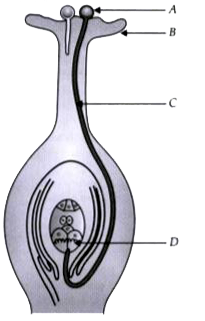
The importance of the part "C" is :View Solution
Knowledge Check
- Question 1 - Select One
In the following pressure-volume diagram, the isochoric, isothermal and isobaric parts, respectively, are
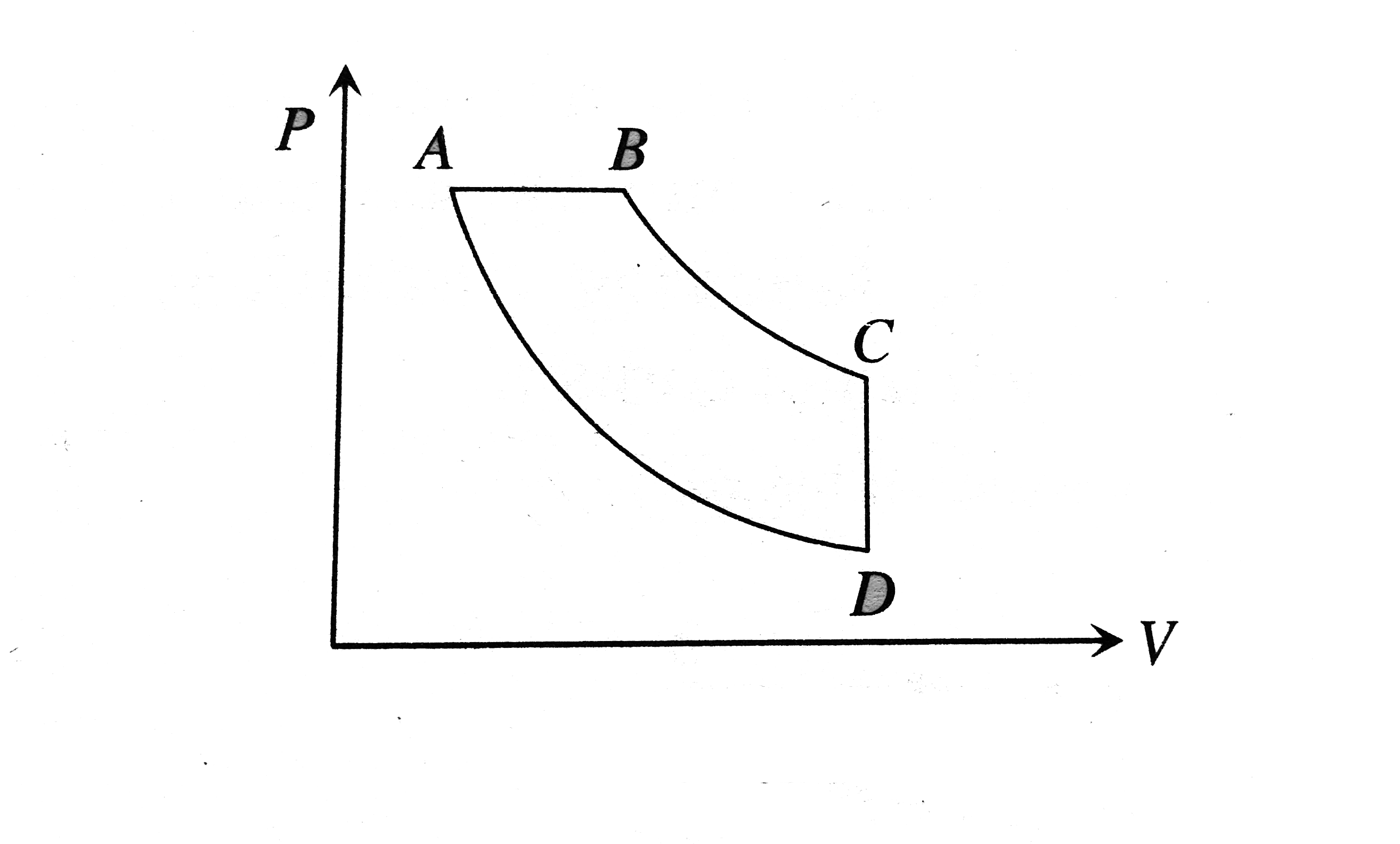 ABA,AD,DCBDC,CB,BACAB,BC,CDDCD,DA,AB
ABA,AD,DCBDC,CB,BACAB,BC,CDDCD,DA,AB - Question 2 - Select One
In the diagram give n below shaded part represents :-
 ADead cellsBPermanent tissueCMeristematic cellsDLignified cells
ADead cellsBPermanent tissueCMeristematic cellsDLignified cells - Question 3 - Select One
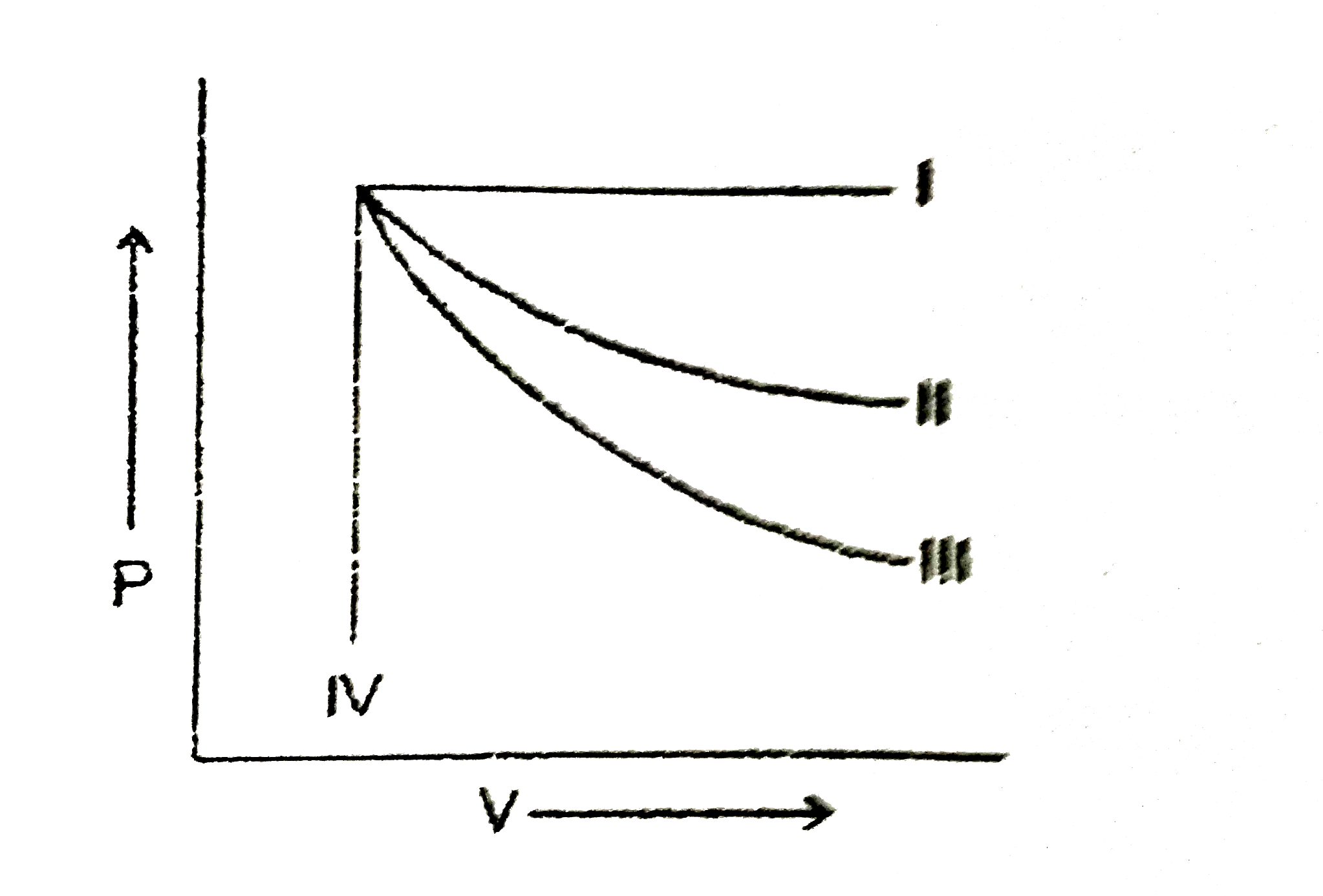
The plots between P and V which represent isochoric and isobaric process respectively:AI,IIBIV,ICI,IVDII,III
In which of the following indicator diagrams gives below do AB,BC, and CA represent isothermal, isochroic, and adiabatic changes, respectively?
View SolutionStudy the diagram given below

The part labelled as A is:View SolutionSolve the previous problem for the cases of an isochoric, an isobaric and an isothermic process.
View SolutionStudy the diagram given below
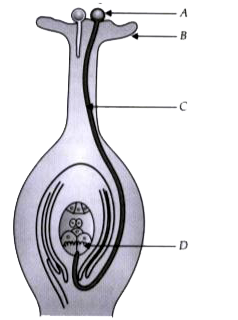
The part labelled as A in the diagram is:View SolutionStudy the diagram given below
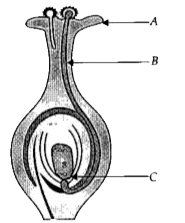
The role of part labelled as B is:View Solution

